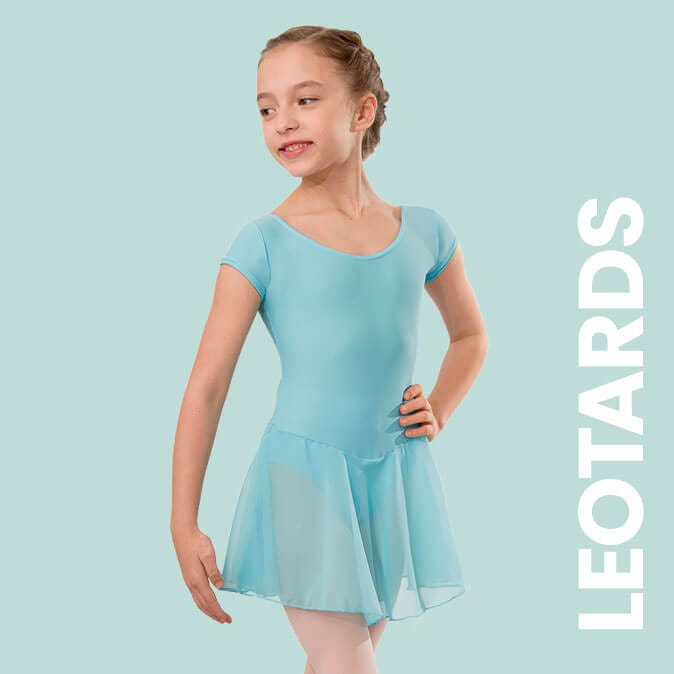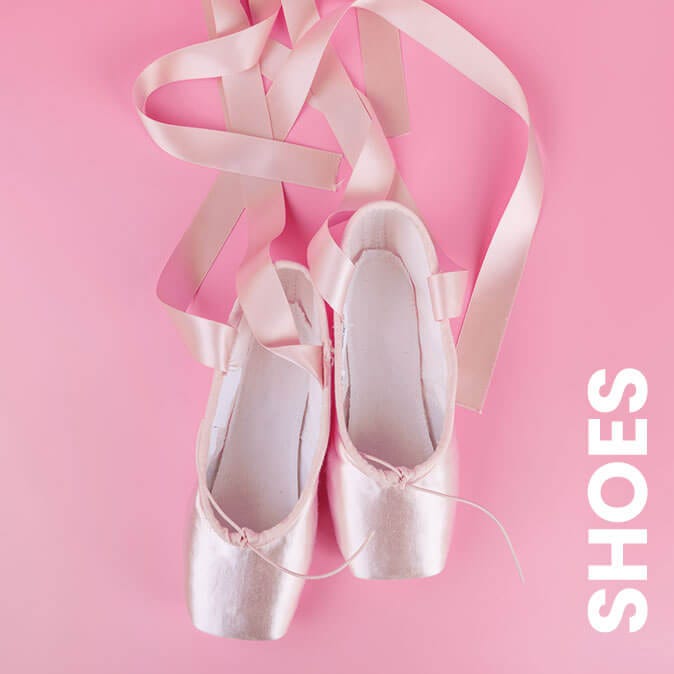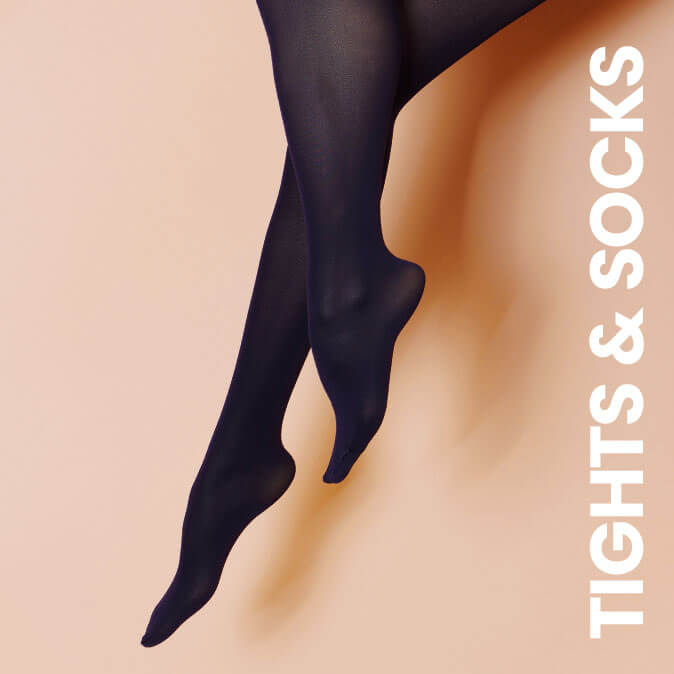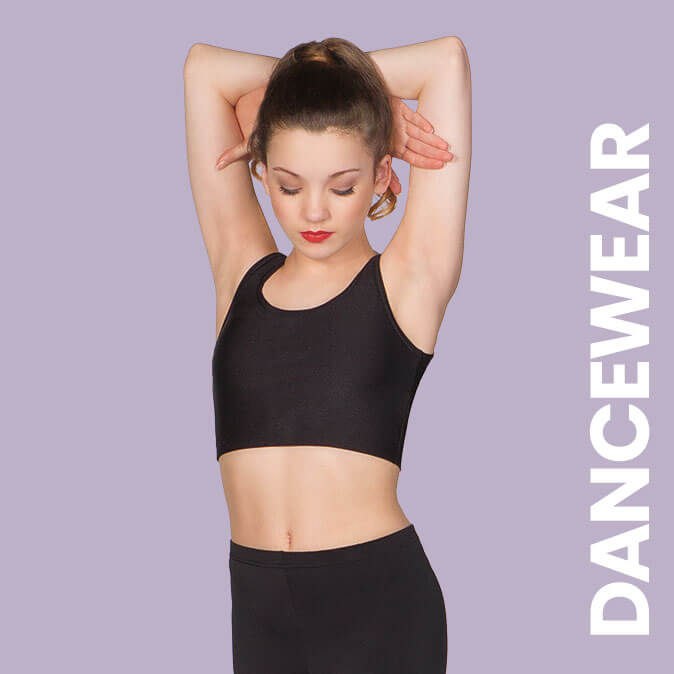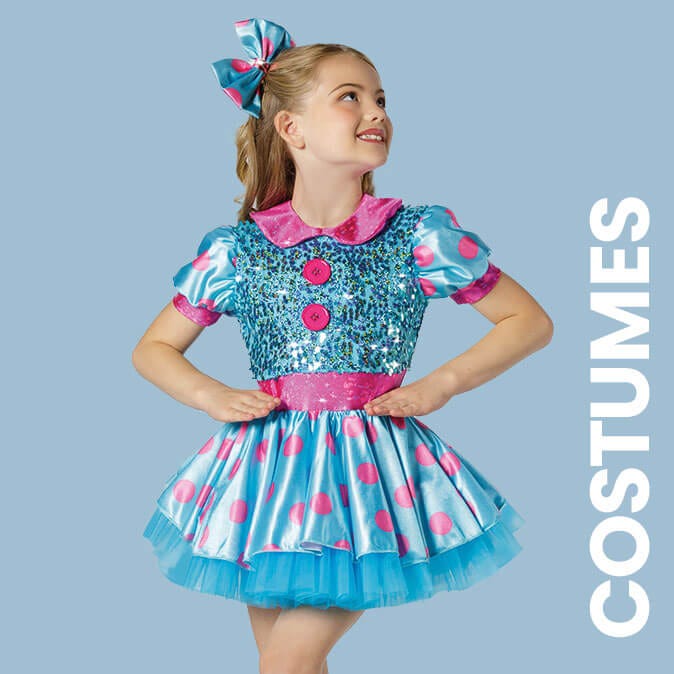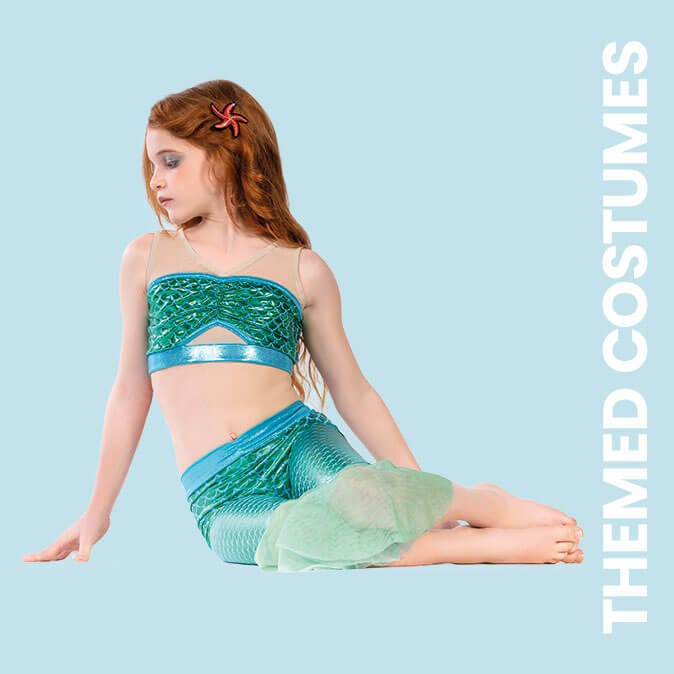Fit to Dance
It is arguable that dance has a huge number of benefits, and it is hugely positive that it continues to grow in popularity. The NHS website published a guide in 2019 to help people start dancing, and it is now seen much more frequently on television and social media, and in a wider spectrum of its styles.
Heightened by the global pandemic of 2020 and 2021, there appears to have been a shift to focus even more so on mental health and wellbeing. Dance can pride itself on removing us from everyday life by giving us something greater to focus on. The stress experienced by some over the past months has been damaging, which can have a very negative effect on both the body and mind. Exercise and dance are therefore some of the best and easiest ways to relieve stress due to the chemicals released into the brain as a result, even for just 30 minutes a few times a week.
It is clear that 'dance fitness' is not as fulfilling as if the body undertook a wide range of physical activities to maintain the body's fitness as a whole, shown by some professional dancers specifically. Many enjoy increasing their strength levels in the gym and undertaking other cross-training activities, however this is not necessary on a general level for dance and those who take part. Ultimately there are so many ways to enjoy dance and what it gives back, 'cross-training' to complement dance as a whole sits on the flip side of the coin, for those for whom dance is all-consuming.
Although it seems counter-intuitive, working your body and mind in different ways through dance can therefore reduce both physical and mental ailments, keeping the body and mind fit and strong, as well as supple and skilled. Dance as a tool can help us to identify weak areas to work on, and means you are more prepared for anything life throws at you!


